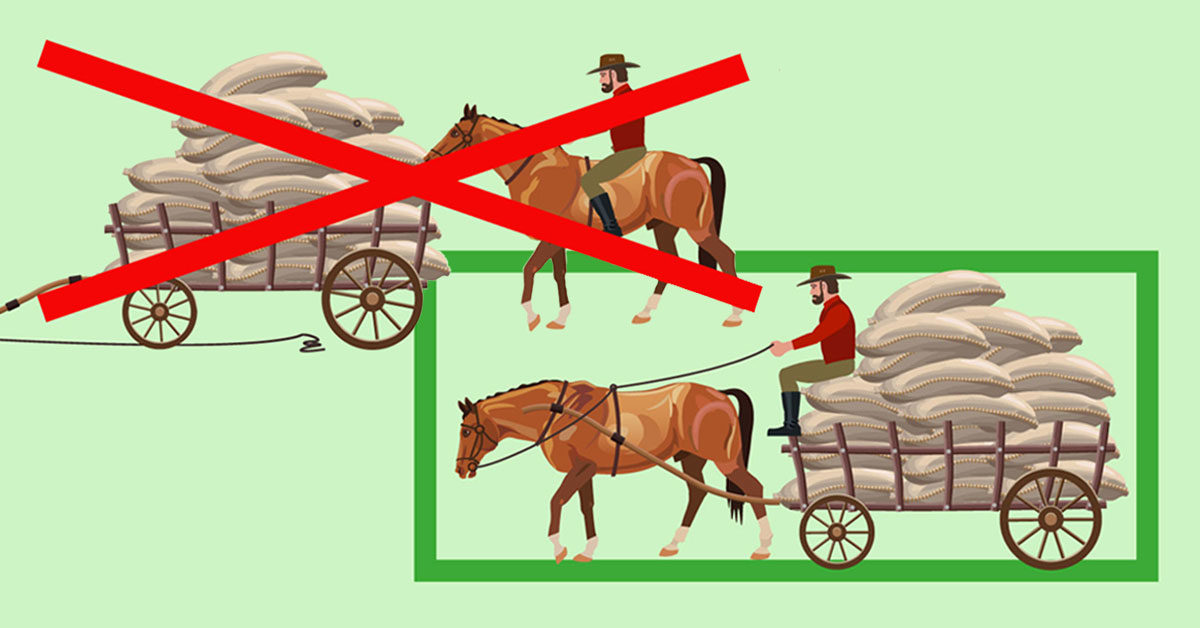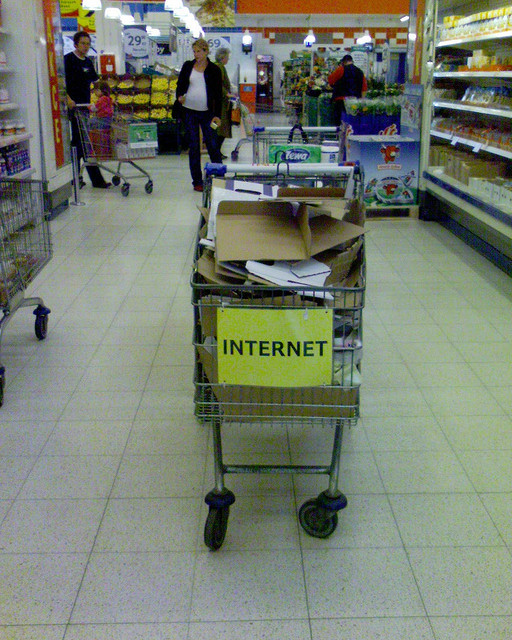Creative Expanse, Creative Drudgery
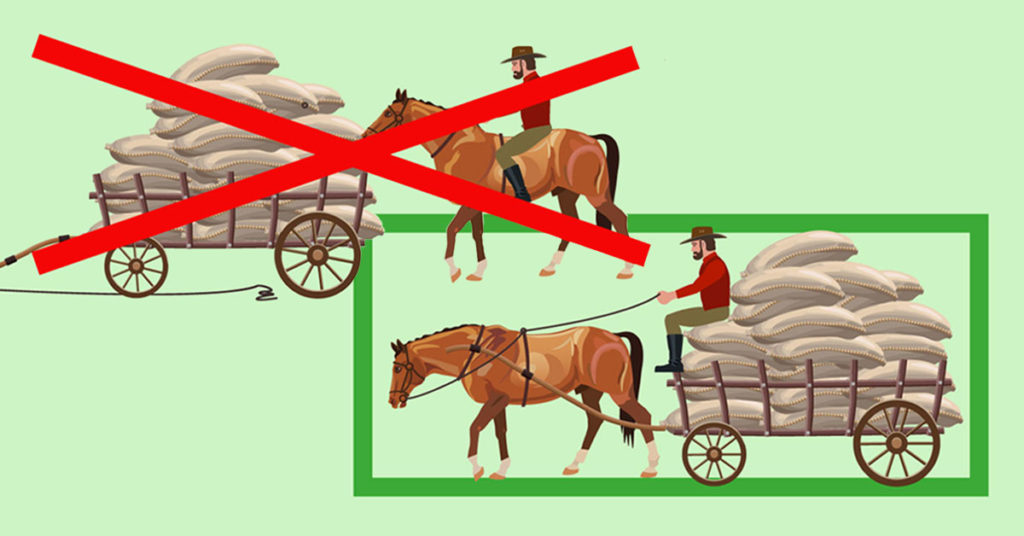
Some creatives come naturally (psst, thanks, Envato). Others may be simple but are a soul-crushing drudge to maintain (like when your client’s 50+ unique testing campaigns change their legal requirements forcing you to update 1000+ landing pages one-by-peerless-one, due noonday next). Some require brand-centric visual and language cues that lend agency to brand identity but are still unique enough to stand individually as enterprise-level landing pages or be tested in successive iterations against bully Controls in high-volume A-B tests.
And still yet others require large quantities of one-off concepts that burn brightly till blotted out by another, still yet even brighter, wholly individual concept (although I’d argue that some tend to burn much brighter and for less of a duration than others, as is the tendency of one-off creatives, with another tendency being that they don’t always reveal to us why).
Thus, I’d like to discuss our duties to the luminous latter in a concept that might help some in our nation’s creative workforce get more out of their productive routines. And the first thing you’ll want to do is stop drawing.
[Record scratch]
Yes! Put-that-pen-down… Unless you already know what your creative is going to say. But why, you may ask, when you already have a strong visual concept to tinker with?
Why, with a little brainstorming you’ll know just what it should say and when you do it’ll be perfectly irresistible, drawing-in leads like moths to the flame. And as oftentimes, to quote Macbeth, to win us to our harm, the instruments of darkness tell us truths and win us with honest trifles to betray in deepest consequence.
The headline of your landing page, the tagline for your banners, the slug (the lede) for your posts–What’s grabbing the user’s attention? What are they doing first? What are they looking at? The art? Or are they reading the pitch?
The simple fact is, users don’t convert based on lifestyle imagery, droll scenarios or whimsical artwork alone. Yes, with as much effort as we (rightfully) put into those elements, the cold, hard truth is they’re only there to support the copy.
This bears repeating:
The visual elements are only there to support the copy. (Of course, if you just have a great concept, go with it. Just as with any rule, make an exception if you’ve just heard God’s own voice in your ear.)
Indulge us in a simple exercise:
Let’s say you’re a creative director with four potential banners to choose from. The banner you choose will be used as your client’s car insurance quote aggregation service ad on Facebook. All you have to do is caption it.
Part I – Caption
Concept-leads-copy, i.e., memification:
In 30 seconds, try to come up with as many taglines as you can for any one of the images below.


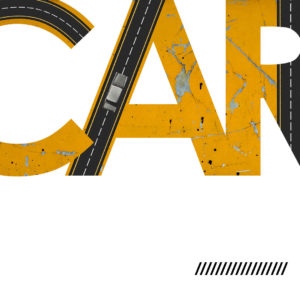
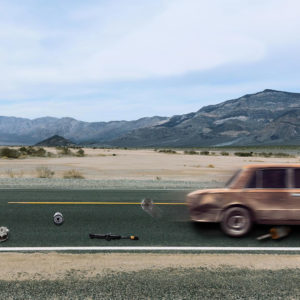
Got them?
If you came up with 3-5 you might just be a copywriter. 2 or less? Don’t worry–you’re completely normal; because, in fact, this is really hard.
The reason why is because captions and memes are often brutalist, absurd, nonsensical and / or colloquial visual takes on current events that often exist in the abstract, and pairing one with a strong slogan for the sole purpose of engagement can take a lot of imaginative capital to formulate.
Which is all just a long way of saying its puts the cart in front of the horse.
Part II – Copy
Copy-leads-concept, i.e., see-and-say:
“Just put it in drive and go.“
Now let’s pretend you’re a creative director with just one, single line of decent copy. The artwork you choose to go with it will again be used as your client’s car insurance quote aggregation service ad on Facebook.
How many ideas for supporting artwork / lifestyle or other photography / mixed media / vector-based or illustrative (i.e., banner ad) concepts can you come up with to go with this tagline?
Or–to add to the complexity of the challenge–What if the targeted demo is strictly over-65 males? What supporting art might work best then? Or under 30 females? Or all of the above? How about only everyone over 50? Only everyone under 25? Got them?
While it may take more time to write a description of what the supporting art might look like for the sake of this exercise, I’ll wager you’re seeing endless possibilities. But why? you may ask.
Well first, because you’re creative.
But second, because the possibilities are really only limited by your audio-spatial visualization skills (e.g., the picture your imagination paints as you read; which, if you’ve been literate for a minute, is likely quite well-developed).
In fact, I’ll bet in 30 seconds time that most people, long before time expires, will have probably exhausted every decent caption idea they could ever hope to think of for the banner they chose….while at the same time were flooded with possibilities for the latter endeavor.
Summary
Good: The more abstract the copy, the more the thematic choices. (This could be most lifestyle ads.)
Not as good: The more abstract the art, the more the copy choices,
…But the art is, again, abstract (loses its utility)..
Good: The more precise the copy, the more precise the art,
…And the supporting art can be as precise as you choose.
For those with a large number of creative deadlines especially, practicing this technique should open up your ad campaigns to go in any number of ways with some strong ideas and concepts to choose from.
But it almost always starts with good copy.
Still not convinced? Indulge us in one more brain game: go back to that banner you chose and try applying the demo filters cited above. Even if you were able to find a decent supporting line for the art before, how much more nuance can be effectively formulated into it?
Try writing a bit of copy. You might just surprise yourself. Just write down anything you can think of. Refine. Consult a thesaurus. Then take it and see what kind of art you come up with. It’s fun exploring this way. And if it doesn’t suit you, try something else. The most import rule is to always be willing to try something new. The unexplored has a way of helping us grow.
————————–When CREATIVE Dept returns with Part III and Part IV, ‘Copywriting routines’ we want to help tap into those good taglines, slogans, campaign names and whatever other clever chirrups you’ve been digging for.
Recent Posts
Recent Comments
- Shannon Thammasiene on How to Create a Successful Blog
- Sarah on How to Create a Successful Blog
- How to Create a Successful Blog on 5 Free Keyword Research Tools that will Rock your Socks
- Olivier Hamphrey on This Week In Social Media
- Richard Dickerson on Use Email to Sell without Selling

